
Your skin contains fatty acids known as ceramides. They protect the skin and prevent it from dryness and infection. Many creams and moisturizers contain ceramides. Applying ceramide-rich moisturizers can help restore your skin’s natural ceramide levels and improve its health.
What Are Ceramides?
Where Do Ceramides Come From?
- Jojoba oil: Contains up to 96% ceramides.
- Sunflower oil: 68% ceramides.
- Hemp oil: 60% ceramides.
Ceramides in Skin Care
Ceramides make for excellent skin care ingredients. Topical application has been proven to improve skin conditions like eczema, psoriasis, acne and chronic dryness and restore a healthy skin barrier.
In addition to boosting the structure and integrity of the skin barrier, ceramides are known for their pro-aging and hydrating properties. The best part is that because ceramides are considered a skin-identical ingredient (because they’re naturally occurring), ceramides are suitable for all skin types and work well with other skin care ingredients.
How to Spot Ceramides on Ingredient Labels
In natural skin care, look for the plant oils listed above. Ceramides can also be extracted from rice, sweet potatoes, and yeast.
Synthetic (human created in a lab) ceramides may be listed as:
- Ceramide ending in 1, 2, 3, 6 II, EOS, EOP, NG, NP, NS, and AP.
- N-stearoyl sphinganine
- N-stearoyl phytosphingosine
- α-hydroxy-N-stearoylphytosphingosine
- Caproyl sphingosine
- Cetyl-PG Hydroxyethyl Palmitamide
- Hexadecanamide
Ceramide Functions In the Skin
The major cosmetic purpose of ceramides is to support the skin barrier function. Making up at least half of the skin barrier, ceramides play an integral role in skin integrity, protection against the elements, and skin structure. Without adequate ceramides, the skin barrier loses its integrity and becomes prone to various skin disorders and skin barrier dysfunction.
3 Major Functions of Ceramides

-
Skin Barrier Homeostasis
Our skin barrier, like the rest of our body is healthy and functioning properly when it's in homeostasis (healthy balance). We need the perfect ratio of 50% ceramides, 25% cholesterol, and 15% free fatty acids. When this balance is thrown off, our skin barrier is disrupted. Among a lot of other things, we make less ceramides as we age. Fortunately, our skin can absorb ceramides, so it’s recommended to incorporate products containing them in your skin care routine to promote skin barrier homeostasis.

-
Improve Hydration
Since ceramides account for half of the gel-like lipid layer holding up skin cells in the Stratum Corneum , their water-holding function is no surprise. Ceramides have been considered to improve Transepidermal Water Loss (TEWL) and has been proven to significantly improve hydration in skin.

-
Prevent or Treat Distressed Skin
While ceramides boost skin hydration, they’re also crucial in repairing distressed skin. Impaired skin barrier function is associated with several skin disorders, including atopic dermatitis, psoriasis, contact dermatitis, and some genetic disorders. We craft targeted treatments like our Skin Doctor Salve and Zinc Rescue Cream to reduce the dryness, itching and discomfort that can be caused by these conditions.
aos Ceramide-Rich Formulas
From our humble beginnings in 2001, we've packed every product with ceramide-rich oils. Our flagship product, Skin Doctor Salve, is made with cold-pressed olive oil and hemp seed oil. Every moisturizer we make, both for body and face, is enriched with jojoba oil (96% ceramides) and sunflower oil is the base of all of our body moisturizers. You can rest assured that every aos product is designed with your skin's ultimate health in mind! Angelina Swanson is the founder and chief formulator at aos [ angelina organic skincare ]. A self-described plant chemistry nerd, she's spent more than thirty years researching and developing skincare formulas that keep our skin healthy and radiant.
Angelina Swanson is the founder and chief formulator at aos [ angelina organic skincare ]. A self-described plant chemistry nerd, she's spent more than thirty years researching and developing skincare formulas that keep our skin healthy and radiant.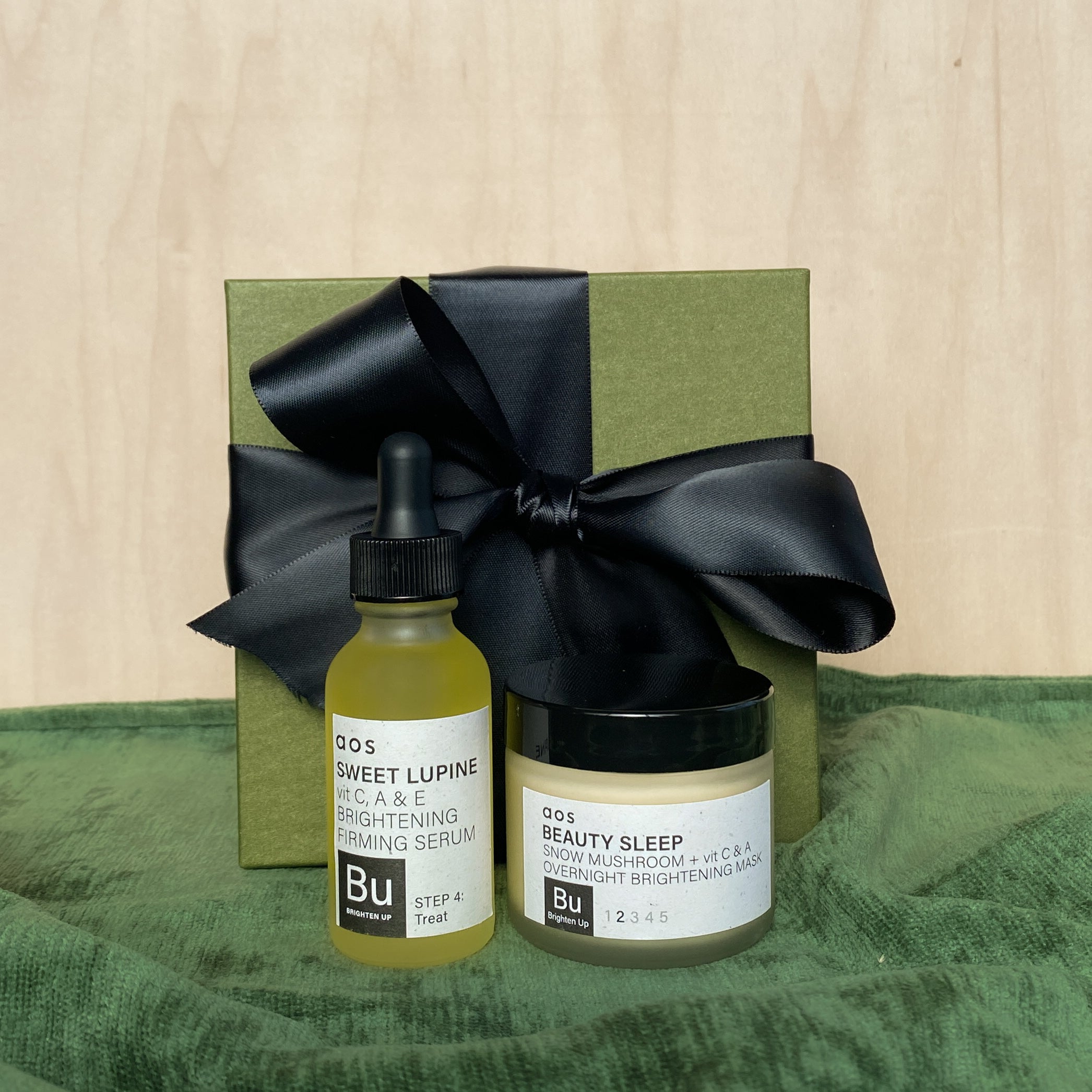

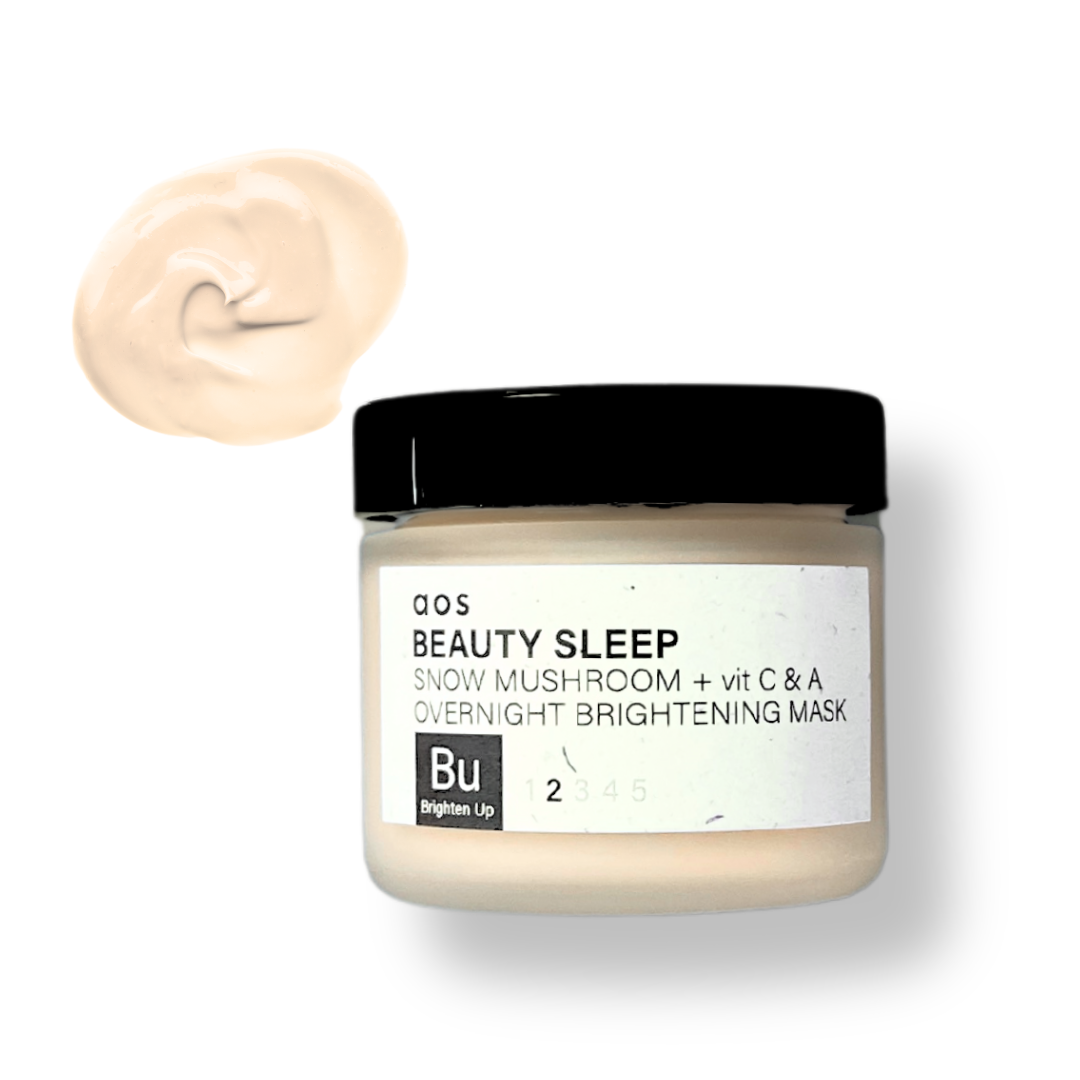

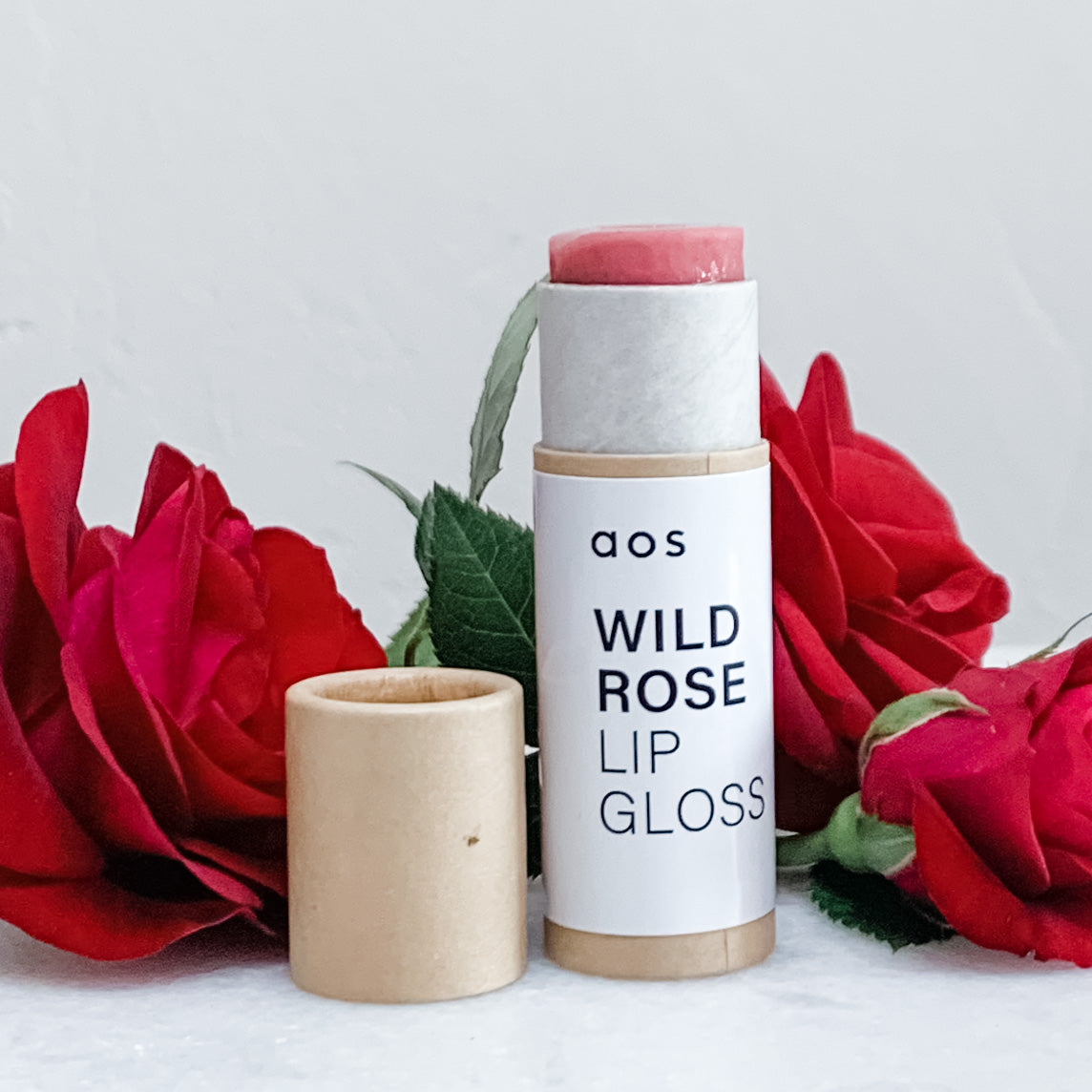
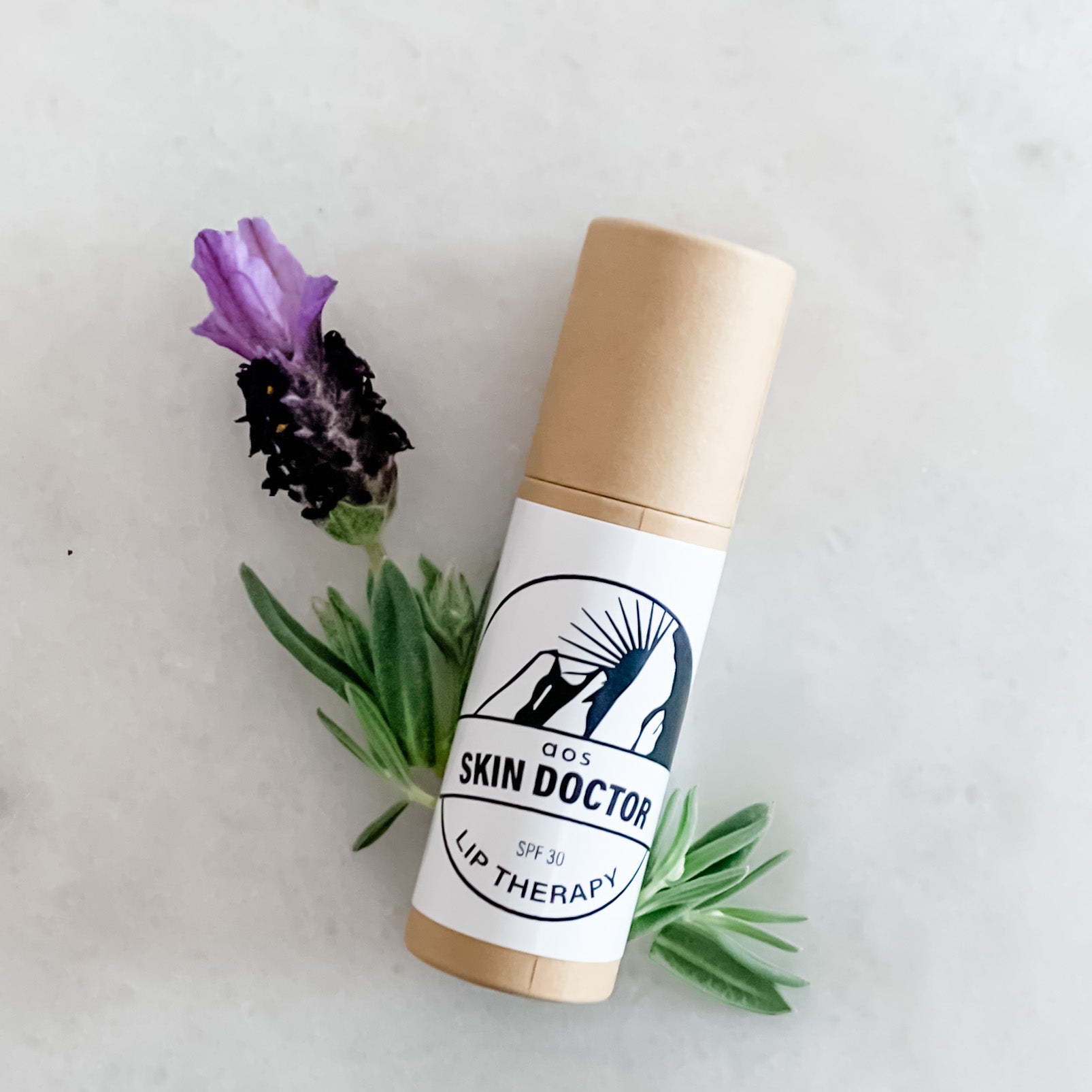







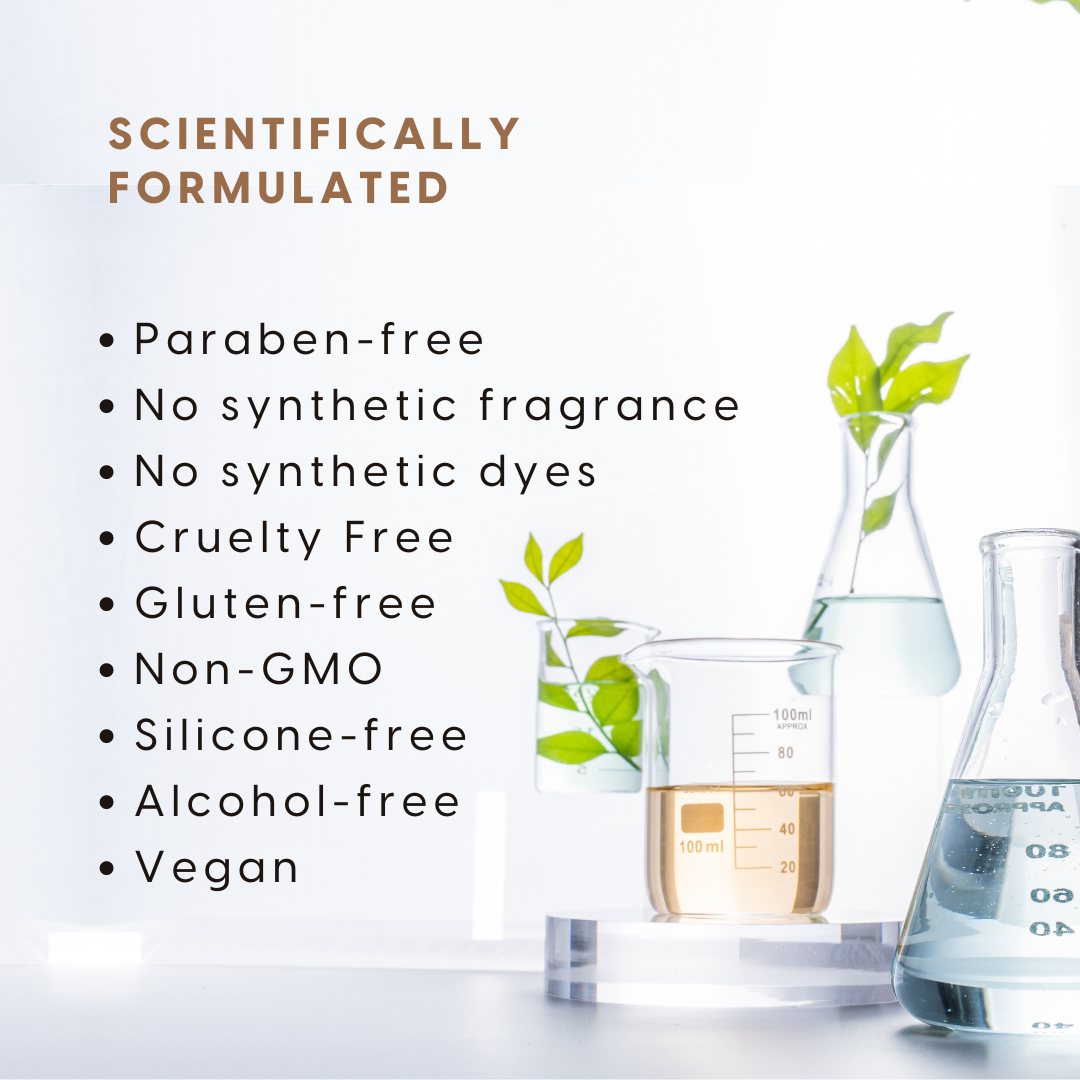


















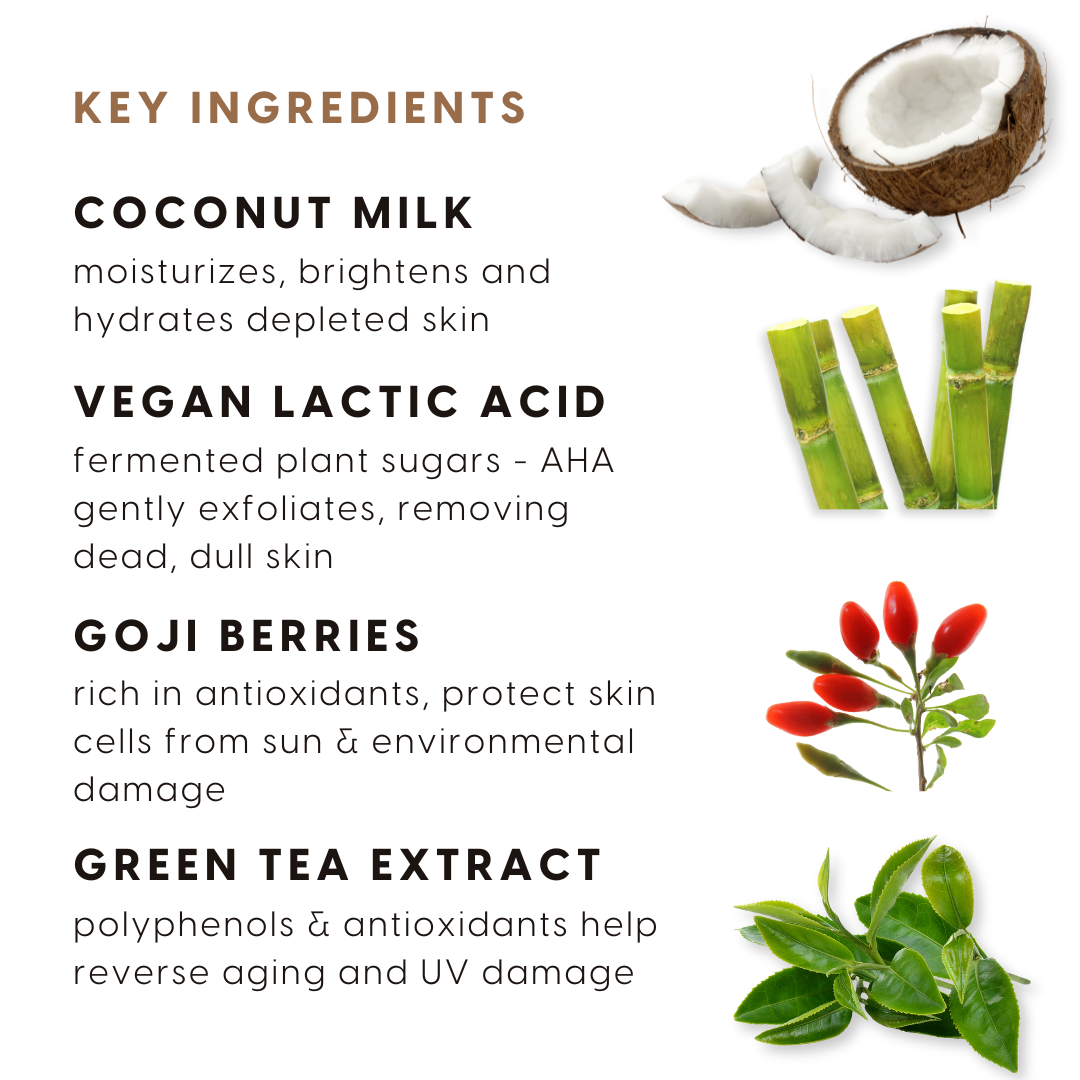

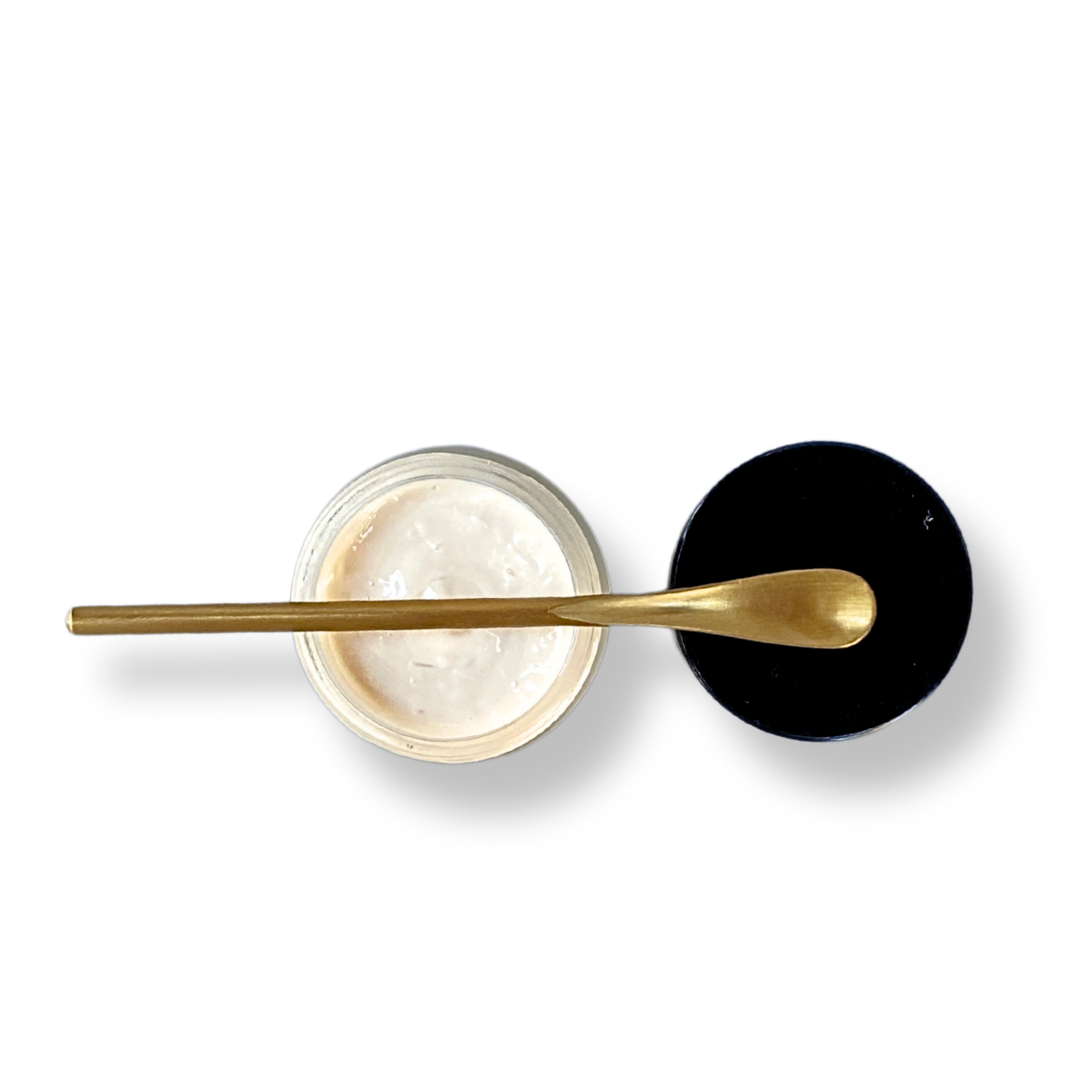
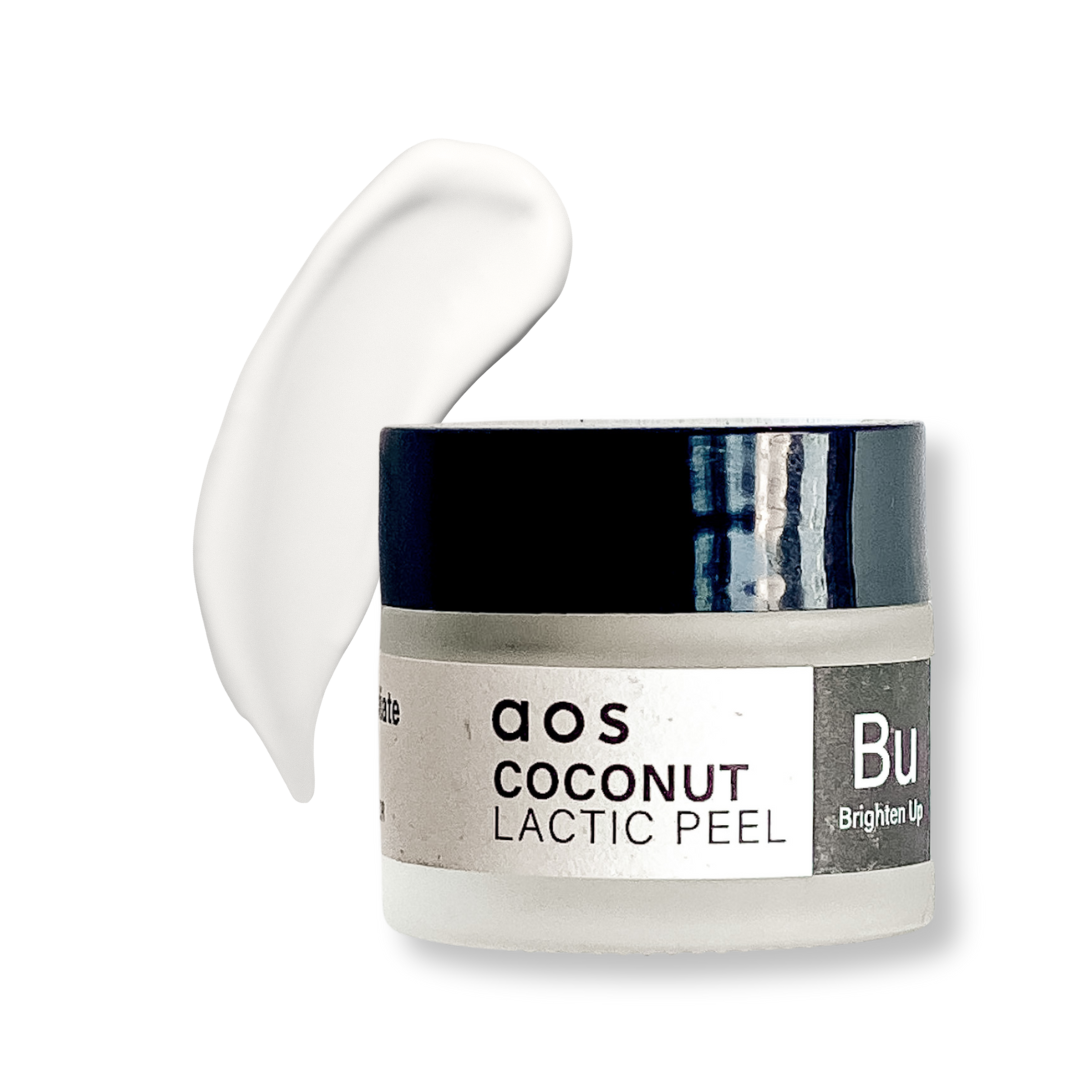








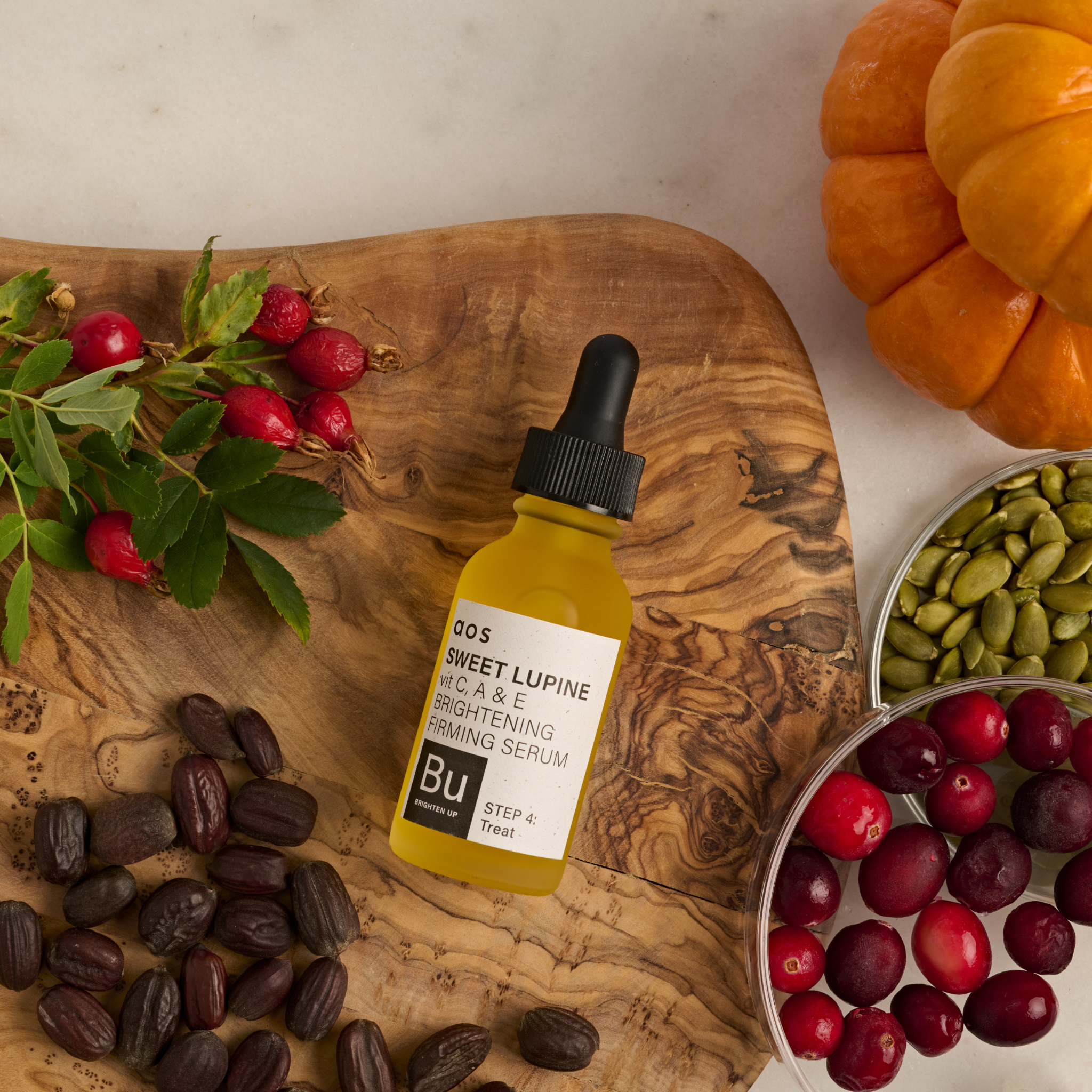

Share and get 15% off!
Simply share this product on one of the following social networks and you will unlock 15% off!